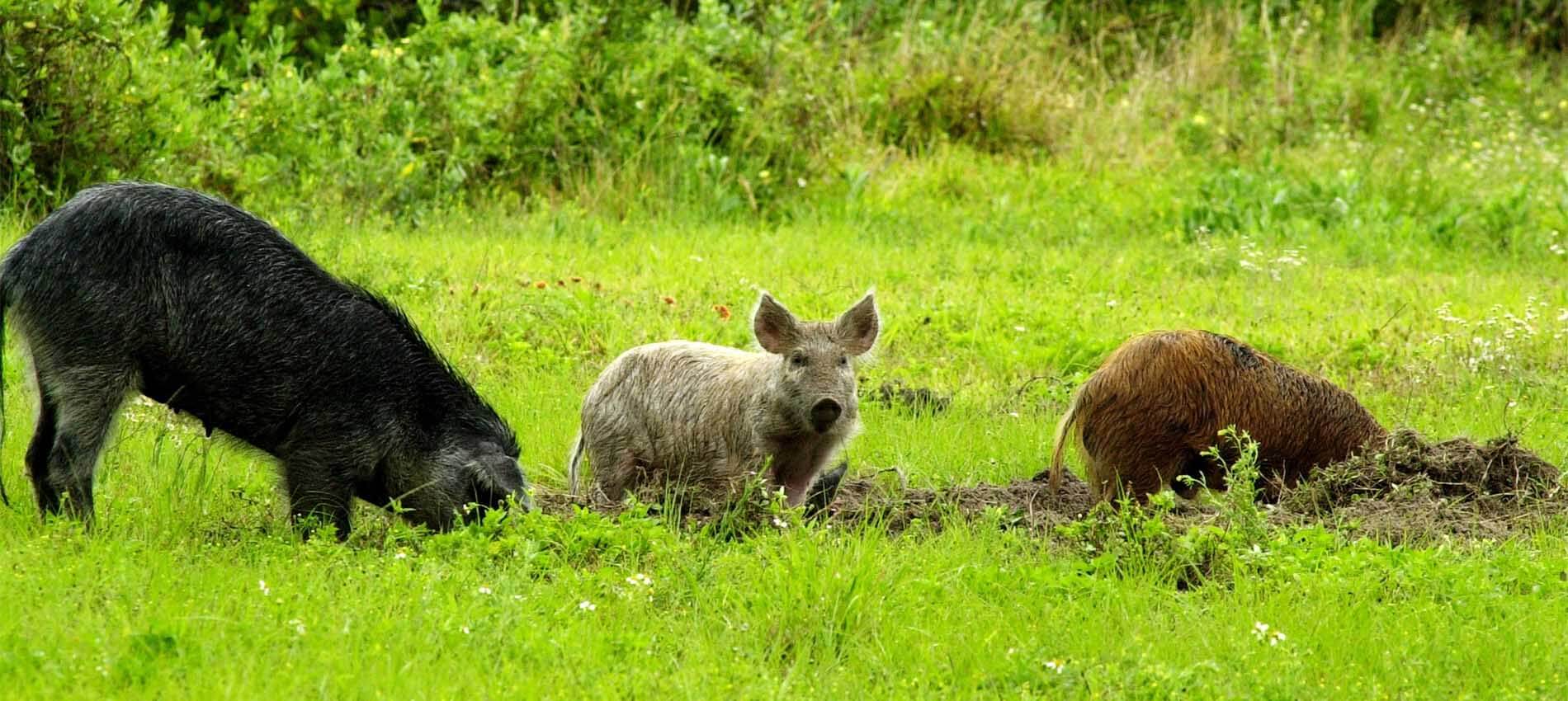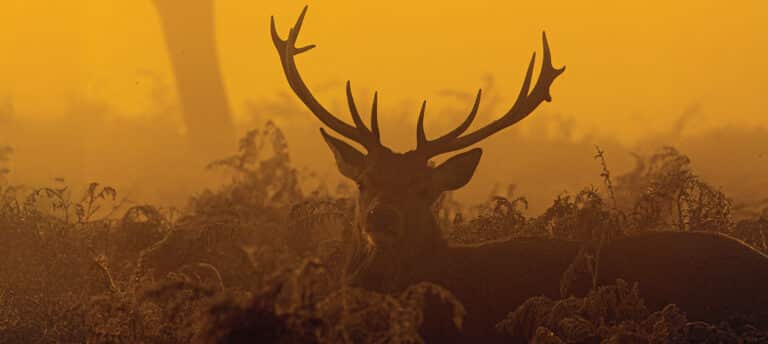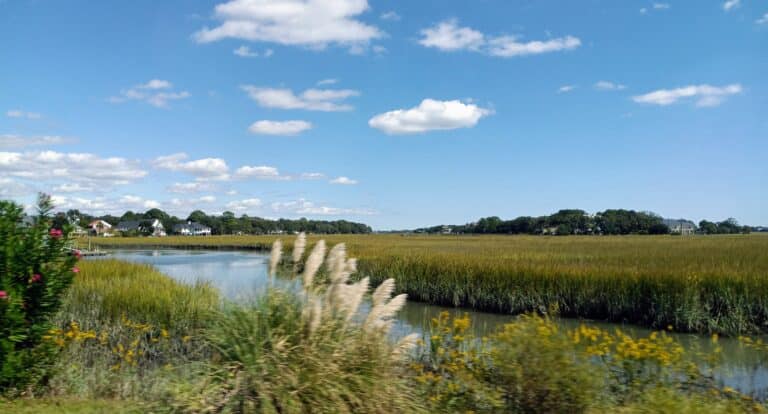Feral pigs, also called wild hogs, can pose a problem to landowners growing valuable crops such as rice, sorghum, wheat, corn and melons—all of which the hogs will sniff out and destroy. In 2014, the USDA launched a program aimed at eradicating feral-swine populations across the country and reducing the damage caused by a species that’s been described as the “rototillers” of nature.
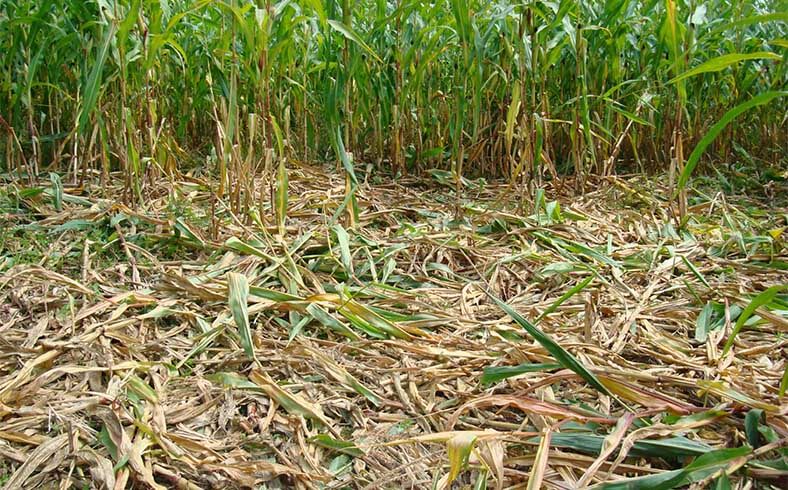
The benefits of controlling wild-hog herds for landowners seem at first to outweigh those for hunters, but there is a lot of good eating in wild hog—search Michael Pendley’s Timber 2 Table for wild hog recipes—and expert hunters can make a profitable business of it.
Along with deer, states like Georgia expanded Hunter Helping Farmers programs in recent years to root out the problem of nuisance feral-swine herds. Intended to connect landowners to sportsmen willing to hunt the land, the program in Georgia, however, did not take off as hoped. Participation was low, and connections local.
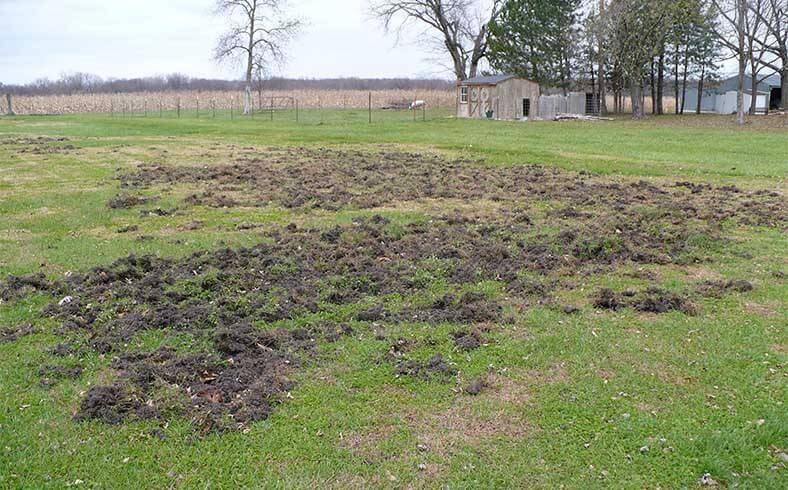
By way of illustration, I joined a wild hog hunt a few years ago with a group of Lowcountry sportsmen to help a South Carolina farmer, and it was abundantly clear that the relationship between farmer and hunters is made via old-fashioned conversation, not through government help. With all the programming dollars in the world, sometimes the best way for a landowner to make a hunter connection is to pound the pavement. (Hunters can also find more resources about feral swine and the various USDA efforts to control here.)
Facebook offers networking, too, and opportunities to find hunters who specialize in trapping. (On my own hog hunt we used dogs, which is frowned upon in some circles, and for obvious reason.) And on this particular hunt, though I never heard a pig squeal, I did get to meet Hog Carl.
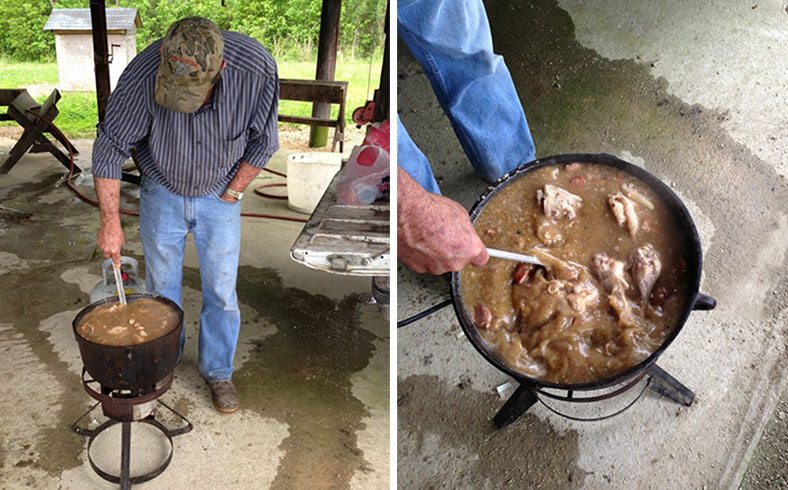
Hog Carl and his wife never had children of their own. Instead he is the stepfather of two, and the grandfather of their two. “Just horses and dogs,” Carl told me. “More horses than acres.”
Twice throughout the day the dogs got on a deer, and Carl just let them go, but if Redman, his main dog, picked up a scent, Carl assured me, “You know it’s a hog.”
I met Hog Carl that morning, when we gathered alongside half a dozen pickups at a solitary gas station up 17 North, as each truck filled trickled in nearly on time until the final hunter to arrive, a man named Billy, of formidable size and still living at home, pulled up the rear at almost eight o’clock.
“Couldn’t get out of bed?” Hog Carl teased him. Later, our fellow hunter Mark would say the back of Billy’s neck looked like a popped can of biscuits.
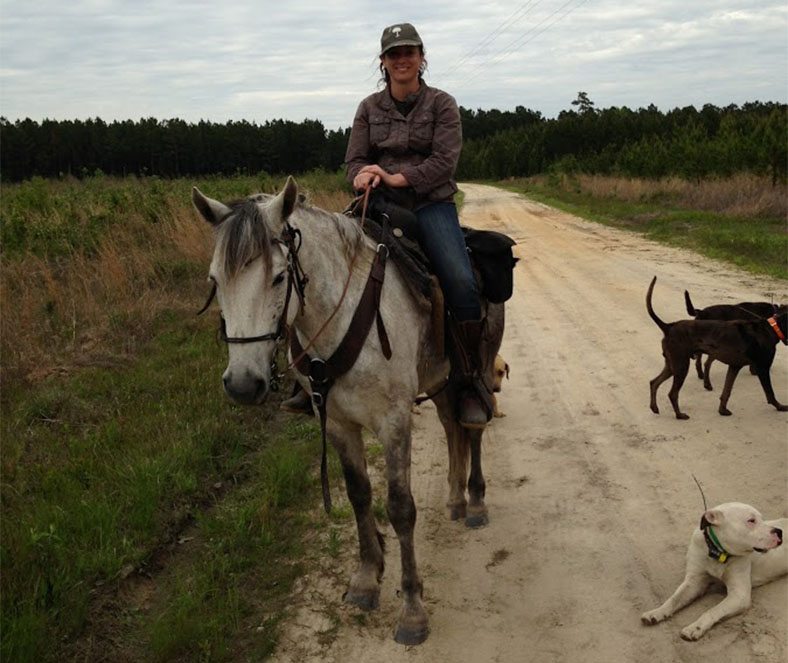
It would take me eight hours for me to learn what, if anything, was notable about each of the men standing there in the parking lot, but Hog Carl was easily distinguished upon his arrival. I heard his spurs as he came around his pickup in the grey of the early morning, and his belt buckle was impossible to miss. No doubt he was once handsome, and retained that certain dignity beautiful people keep.
“Is that him?” I asked Henry as we waited for Carl to arrive with the horses. I sat behind Henry on the four-wheeler, bracing myself with the rack. The woods around us were completely quiet. We listened for then intersected with the others on what began to feel like a game board of which an aerial view I could not afford.
“Nu-uh,” Henry said. “Carl rides a white horse.”
Blue, a mustang, is in fact grey. But in the grand scheme of things—a hog hunt comprised of three packs of dogs and a dozen men, the kind of hunt during which even a dog with a name gets called The Brown One—Blue was as good as white.
Our boudin lunch and my gentle introduction were over. We hit the woods again, but this time I left Henry on the four-wheeler and mounted Blue, riding double behind Hog Carl. Henry disappeared on the four-wheeler.
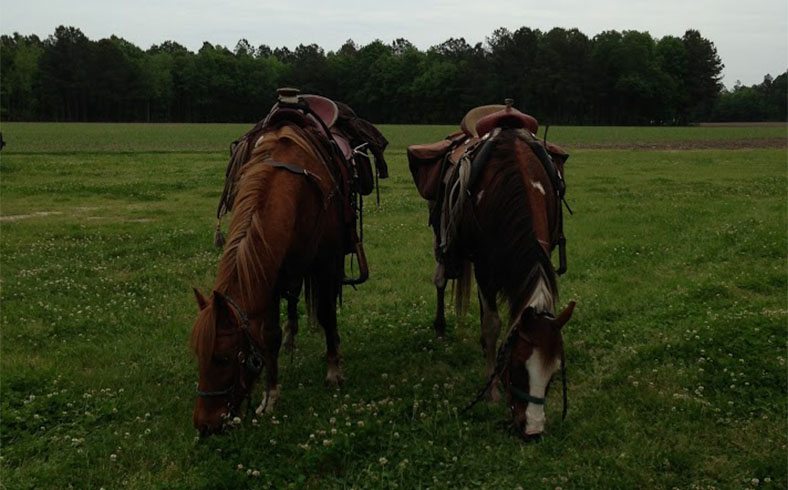
We four hunters, and the three horses, slipped into the woods. Blue’s body bent with a mechanism seen only in absolute muscularity. When we lurched, I pressed my hands into Carl’s stomach unconsciously—it felt like dough—and I was happy not to fall. Later he would say if anyone needed air back, I’d sucked it all up in those frightened moments. I hadn’t heard myself.
“There’s a snake,” he said. “It’s not like in the movies, when the horse gets spooked,” he explained. “That doesn’t really happen.”
I asked Hog Carl about the moment when the dogs would surround a feral hog. From his own horse, Mark looked at me in a combination of shock and warning, though we both knew Carl was no threat. The men met eyes then, and laughed. “There’s some details you ‘ought not to know,” Carl said, and turned Blue deeper into the woods.
